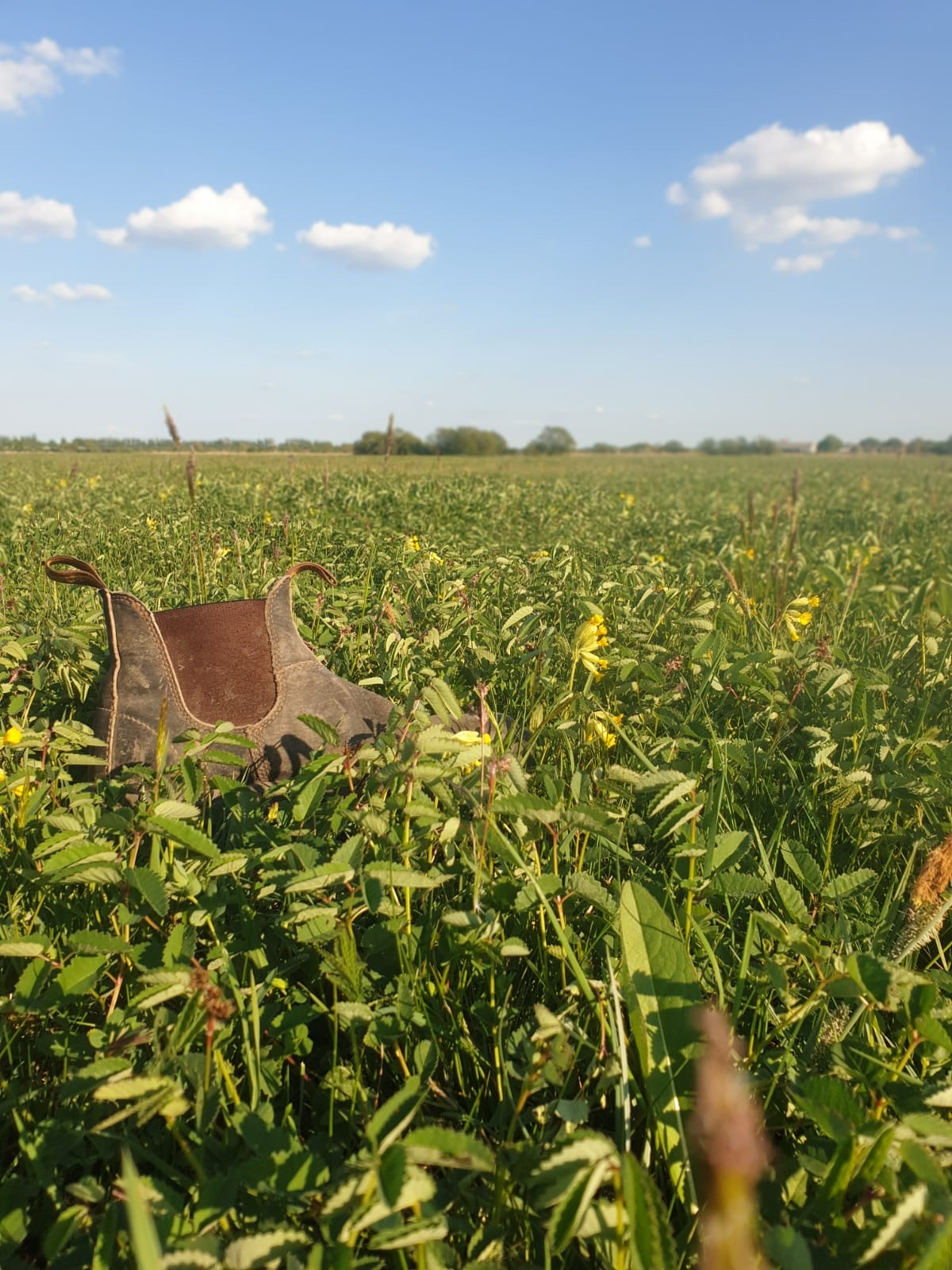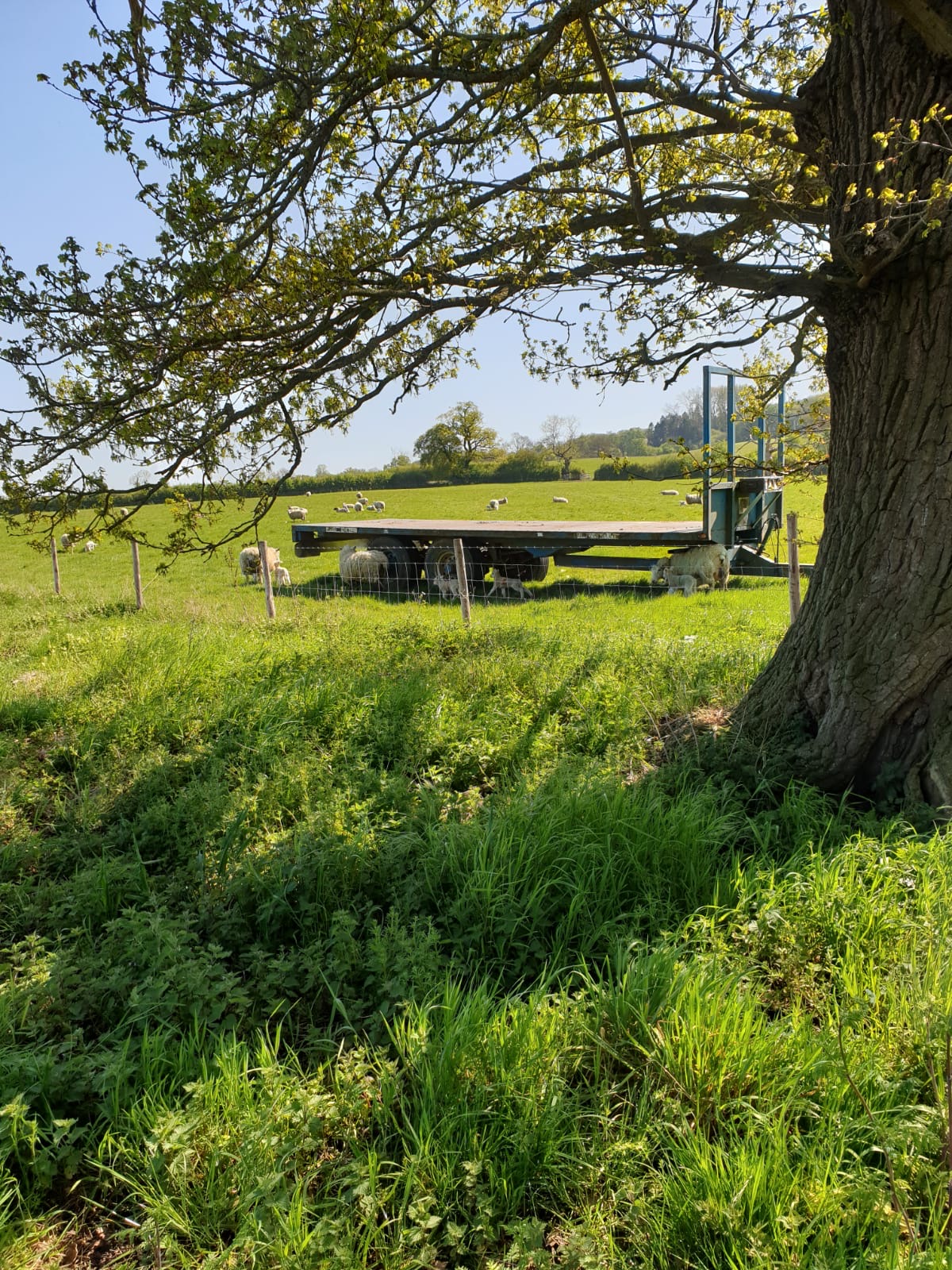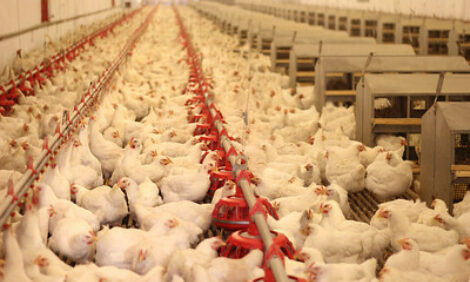



Nature and food systems in the post-COVID-19 world
Coronavirus is a One Health disaster presenting a colossal challenge to human civilisation. It is costing lives, devastating livelihoods, threatening food security, crashing markets and widening the socioeconomic inequalities that plague our society.This pandemic emerged as a consequence of human behaviour at the interface with wildlife. Once the storm has passed, we will have a once-in-a-lifetime opportunity to bring about systemic change that renews our relationship with the natural world, and to redesign our food system to work for animals, people, and our shared environment. Without reflection and adaptation, this infectious disease outbreak will not be the last.
We must cease the destruction of nature
75 percent of new infectious diseases are zoonotic, transmitted from animals to people, and most of these zoonoses originate in wildlife. These new diseases emerge when they have the opportunity to spill over from one species to another, for example when people capture, transport, trade, consume, and encroach upon the habitats of wild animals.
AIDS arose though human contact with chimpanzees, probably when hunters targeted them for food. Ebola has also been linked to the wild animal meat trade, emerging in humans from an infection reservoir in bats. Nipah virus originated in the tropical forests of Malaysia in fruit bats, whose natural habitat had been destroyed by deforestation. Regardless of their source, these disease events are our collective responsibility.
Coronavirus is the global pandemic currently gripping the world. A novel viral disease first diagnosed in the city of Wuhan in China, it was traced back to a cluster of patients following their visits to a seafood and wet animal wholesale market. Genomic sequence analysis indicated that the virus probably spread to humans from bats via other wildlife species.
The close confinement of animals of different species creates the ideal conditions for existing viruses to form novel strains and jump between hosts. This pattern of transmission is reminiscent of related diseases, like SARS-CoV, associated with bats and civet cats, and MERS-CoV, transmitted by bats via dromedary camels. These conditions are created in different guises in many settings across the world.
Failing to protect wild spaces can also increase the risk of spreading existing diseases. In the Amazon, an increase in deforestation by four percent can escalate malaria incidence by 48 percent, and the risk of Lyme disease also increases when wildlife reservoirs are depleted by deforestation.
The evidence shows that healthy wildlife populations help protect us from infectious disease. When we interfere with biodiversity and wildlife habitats, we threaten species that each serve a vital role in the ecosystem. As well as buffering the spread of diseases to humans, healthy ecosystems support us by pollinating crops, draining and filtering water, decarbonising the atmosphere, recycling nutrients, forming and maintaining healthy soils, regulating climatic temperatures, suppressing pests, and producing the food, fibre, fuel and energy resources that we depend on. By ceasing the destruction of nature in all its guises, we would be protecting the biodiversity that enriches our shared environment, and also helping the natural world to protect us.

© FAI Farms
We can (and must) decarbonise
The pandemic has been characterised by a downturn in economic activity, and as a result, drastic reductions in climate emissions and air pollution have been observed in countries in lockdown. China’s CO2 emissions were reduced by a quarter during the crisis, and emission reductions in the country are said to have saved the lives of at least 1,400 children under five and 51,700 adults over 70. Satellite imagery has revealed a significant decline in nitrogen dioxide emissions in Italy, coinciding with a reduction in traffic and industrial activities.
However, some commentators warn that a bounce-back in air travel, tax breaks for polluting industries and low oil prices that threaten to stifle a transition to clean energy may mean that Coronavirus leaves a negative ecological legacy. Some note that fossil-fuel dependent industries are being bailed-out and environmental protections are being rolled back under the cover of emergency responses to the crisis.
The environmental impacts of the downturn indicate that through regulatory resolve and enforced behaviour change, it is possible to achieve our climate goals. When governments understand a clear and present danger, they can mobilise radical, collective action. Social distancing and isolation have taught us how to work and collaborate remotely, connect with our neighbours through online networks, source food from local suppliers or produce our own, value our food and reduce waste, savour slow quiet time with our families, discover secret green spaces and reduce our reliance on material goods. Many of these lifestyle choices are conducive to a slower-paced and environmentally sustainable way of life.
Our governments should take this opportunity to show the same resolve and regulatory muscle to address the climate and ecological crisis through sustained and systemic reform. This is an opportunity to reset, and choose green pathways to re-boot the economy in the post-COVID world, making it our only option but to adjust our lifestyles for a sustainable future.

© FAI Farms
We need a resilient and diverse food system
Cataclysmic events such as the Coronavirus pandemic reveal the very best of human nature - solidarity and resolve, kindness and courage. But such events also trigger fear responses such as panic-buying – an attempt to regain control in the face of uncertainty. Retailers have stepped up to meet our changing demands, adapting their international supply chains and collaborating with their competitors. Key workers maintaining our food supply chains from farm to checkout are finally earning the public respect that they always deserved. But panic buying has turned fears of food shortages in to self-fulfilling prophecies, and shelves of essential supplies often lay bare, affecting the most vulnerable in our communities.
Coronavirus has exposed the fragility at the heart of our global food system, defined by increased centralisation and reliance on a dwindling number of producers, crops and supply chain actors. Surging demand has highlighted our dependence on the small number of retailers dominating our food landscape. Retail giants that supply us with low-cost food are resilient to shocks in one location or affecting a single commodity. However, when systemic disruptions hit their complex, international supply chains and “just in time” logistics networks, impacts can be seismic. As bars, restaurants and hotels close, food is being discarded before it gets out of the farm gate as complex supply chains scramble to adapt. Diversifying and decentralising our food system by increasing the contribution of local food producers and suppliers would help to buffer supply and demand fluctuations whilst allowing independent businesses to flourish.
The crisis has underlined our reliance on a limited number of staple ingredients – ingredients now in short supply, that usually dominate our dinner tables and shape our agricultural landscapes. Our pursuit of low-cost staple ingredients has consolidated the farming industry, favouring a smaller number of large farms, intensive monocultures and integrated supply chains. It has squeezed family and mixed farms to the fringes of our food system. The monocultures that now dominate our agricultural landscapes in the name of “feeding a growing population” inherently strip complexity and diversity from our soils, our landscapes and our food system. And they depend upon fossil fuel-derived fertilisers and increasingly frequent pesticide applications, which are associated with water pollution, insect population collapse and human cancer risk. The reductionist approach in more intensive forms of agriculture stifles biodiversity at all trophic levels, and in doing so erodes the resilience of our food system.
Fruitful harvests for ourselves and for our children depend on soil fertility, pollination, effective conversion of solar energy, clean water supply, and many other services that are provided by healthy ecosystems. Coronavirus has given new impetus for us to transition to a healthy and vibrant food and agriculture system that produces a wide range of products whilst rebooting the functionality of an ecosystem, promoting biodiversity and supporting rural communities. Our farming landscapes could be increasingly characterised by land mosaics and locally-relevant practices yielding seasonal foods that diversify our landscapes as well as our diets. A transition to more diverse diets would help to alleviate our panic when staple ingredients are no longer on offer.
Opportunity follows crises. We can choose to emerge from this remarkable time in our history committed to renewing our place in the natural world, and building resilience through diversity at all levels in our food system from the soil microbes under our feet and the species occupying our landscapes, to the food on our plates and the people producing and supplying it.









